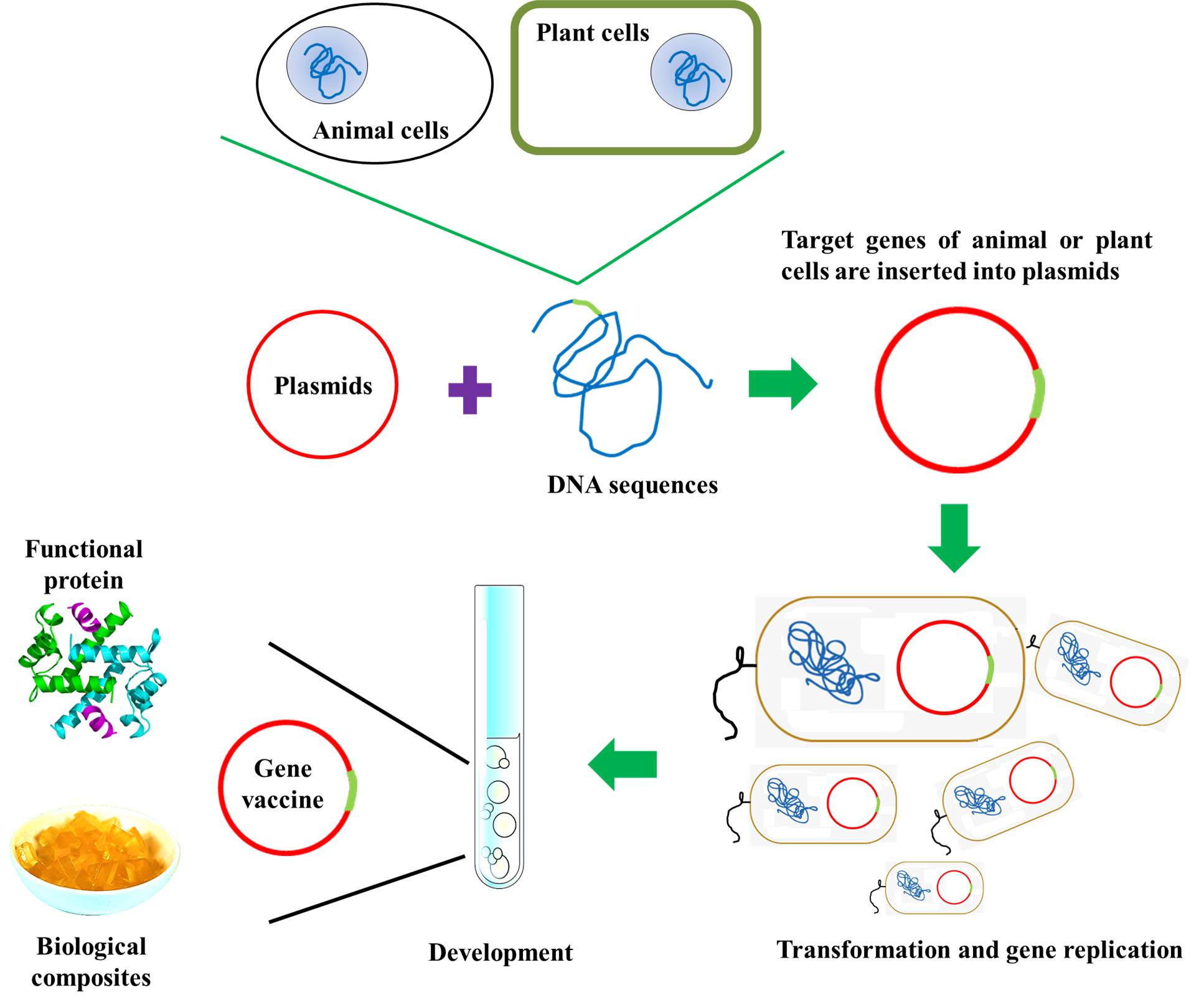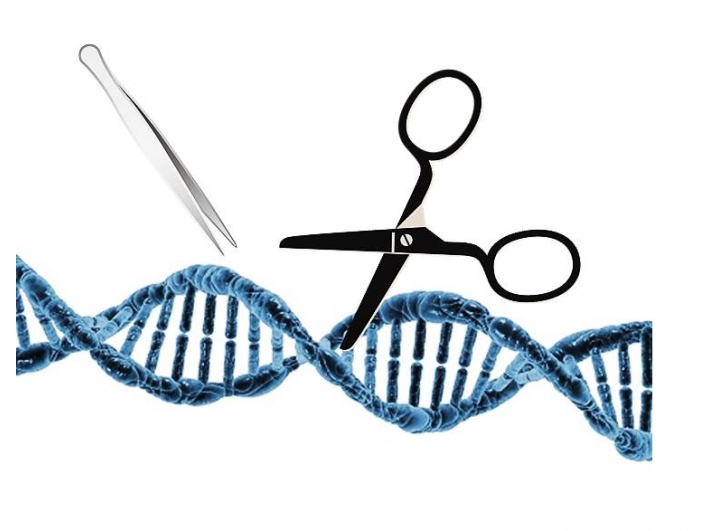1. Stories of genetic engineering development
-1953 - James Watson and Cricket proposed DNA as a double helix structure, which kicked off the development of molecular genetics
-1972 - Paul Berg successfully combined the DNA of the monkey virus SV40 with the DNA of lambda virus into the first recombinant DNA.
-1973 - Herbert Boyer and Stanley Cohen successfully transferred antibiotic-resistant genes into E. coli, which became the first gene-transforming organism in the world.
-1974 - Rudolf Yenisch successfully transferred foreign DNA into mouse embryos and established a gene-transformed mouse strain, making it the first gene-transforming animal in the world.
-1978 - GENETECH successfully produced synthetic human insulin through transgenic E. coli.
-1992 - CHINA introduced antiviral GM tobacco, and became the first country to commercialize transgenic plants.
-1994 - CHINA GOOD GENES CORPARATION was approved by the government to put the long-term preserved GM tomato into the market. In the same year, Europe also approved herbicide-tolerant tobacco to enter the European market. The tobacco became the first transgenic crop to in European market.
-1995 - The insect-resistant potato was approved by the FDA and EPA to become the first insect-resistant transgenic crop in the United States.
-2009 - Eleven transgenic plants were approved as commercial products in 25 countries, mainly in the United States, Brazil, Argentina, India, Canada, China, Paraguay and South Africa.
2. Genetic engineering process
-1953 - James Watson and Cricket proposed DNA as a double helix structure, which kicked off the development of molecular genetics
-1972 - Paul Berg successfully combined the DNA of the monkey virus SV40 with the DNA of lambda virus into the first recombinant DNA.
-1973 - Herbert Boyer and Stanley Cohen successfully transferred antibiotic-resistant genes into E. coli, which became the first gene-transforming organism in the world.
-1974 - Rudolf Yenisch successfully transferred foreign DNA into mouse embryos and established a gene-transformed mouse strain, making it the first gene-transforming animal in the world.
-1978 - GENETECH successfully produced synthetic human insulin through transgenic E. coli.
-1992 - CHINA introduced antiviral GM tobacco, and became the first country to commercialize transgenic plants.
-1994 - CHINA GOOD GENES CORPARATION was approved by the government to put the long-term preserved GM tomato into the market. In the same year, Europe also approved herbicide-tolerant tobacco to enter the European market. The tobacco became the first transgenic crop to in European market.
-1995 - The insect-resistant potato was approved by the FDA and EPA to become the first insect-resistant transgenic crop in the United States.
-2009 - Eleven transgenic plants were approved as commercial products in 25 countries, mainly in the United States, Brazil, Argentina, India, Canada, China, Paraguay and South Africa.
2. Genetic engineering process

Genetic engineering technology is changing every day. Researchers can synthesize the required proteins, biological composites, or various biopolymer materials by gene editing. They can be further applied to medicine, industry, agriculture or transportation.
The potential is unlimited in the future.
The potential is unlimited in the future.
3. Future potential
BioWare transferred various specific genes into microorganisms by gene engineering technique to produce a variety of biological materials or functional proteins. Several genes of biological effects have been screened, and the preliminary research results have been obtained. In the future, they will be applied in the fields of vaccines, aesthetic medicine, biomedical materials, environmental bacteria testing, agricultural biotechnology and biological composite materials.
BioWare transferred various specific genes into microorganisms by gene engineering technique to produce a variety of biological materials or functional proteins. Several genes of biological effects have been screened, and the preliminary research results have been obtained. In the future, they will be applied in the fields of vaccines, aesthetic medicine, biomedical materials, environmental bacteria testing, agricultural biotechnology and biological composite materials.


